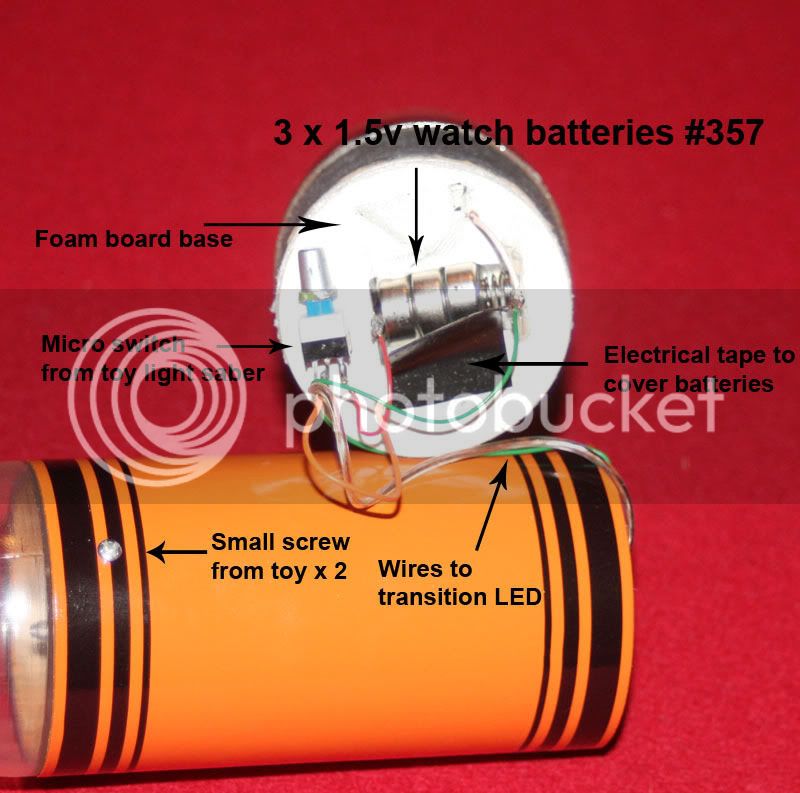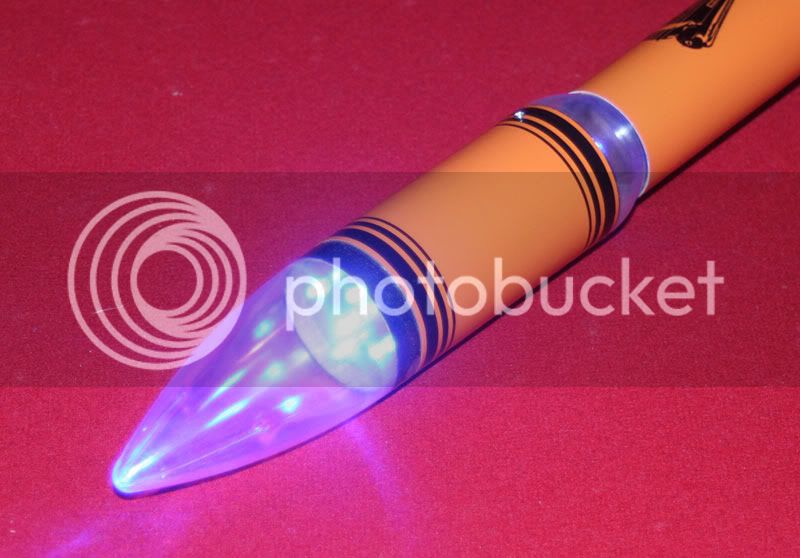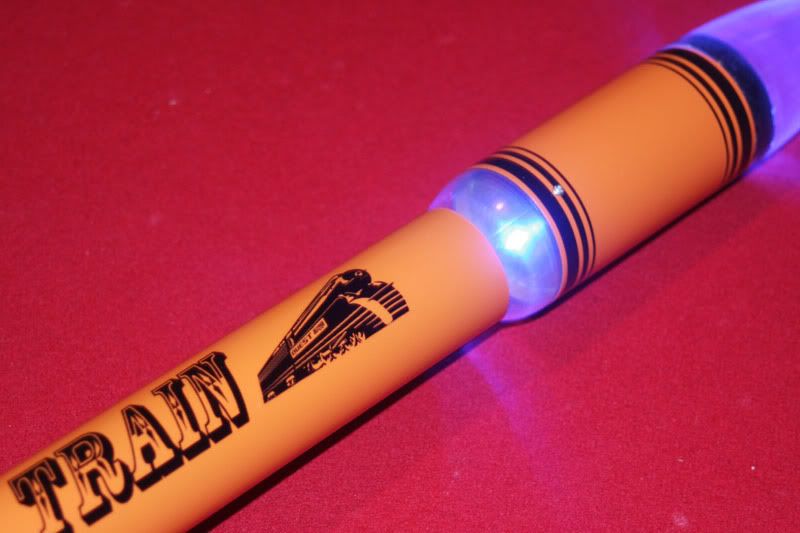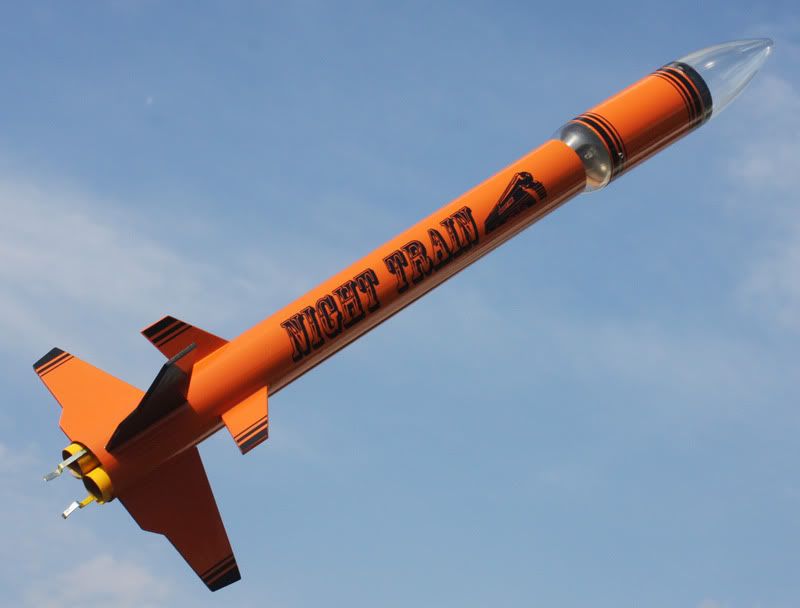Nukemmcssret:
I've been flying 1/2A to 5-D12 clustered Night Illuminted Vehicles since the mid 90's. In the beginning most of us were using either 9v or a pair of AAAs to power our LED and Strobe projects. But as with all things in model rocketry mass is always the enemy so over time most of us have gravitated away from all the Barrel batteries for 2 reasons mass and the problem of springs in the battery holders to using Button Coin Cells. Generally 3volt Lithiums. Keeping Good contact with your power supply is something overlooked my many as they begin building and flying NITE vehicles but it's something you must consider regardless of battery type selected, At launch MANY of the spring held battery holders FAIL as the weight of the battery itself breaks contact inside the holder. IF using barrel type batteries be very careful in which direction you orient your holders during mounting. Lots of folks use 9volt batterys which are heavy, bulky and in most cases Totally unnecessary I might add. Even with todays very High Brightness LED's their power requirements are rarely higher then 3 to 4.5volts @ 20ma.
A pair of #2032 3v Lithium 20mm coin cells with a positive holding HD two coin holder weigh about 1/3 that of a single 9volt. With the proper resistors at you leds or strings of leds (Usually limited to about 8 per string) you can power your project for more then 8 hours easily. With Carful selection of your High mcd LEDs it's possible to select red, orange and yellow LEDs that can be powered by a single 3v lithium cell for the same time span.
I strongly suggest visiting
www.superbrightleds.com check out their 3 and 5mm high 2000mcd and higher leds (flux series as well) and their LED resistor calculator that can be downloaded for your use later

I get my Lithium #2032 coin cells and HD single and 2-cell holders from
www.alliedelec.com on line, as our local Radio Shacks have become Cell phone sellers more then electroic outlets anymore

Your LED projects can be wired by the thinnest of wires you can find as we are not pushing much current. I've even used copper adhesive backed tape to wire LED mod rock projects in models that fly on MMX motors

Also be prepared for cold weather if your Night launch is in November! this can effect more then just your fingers LOL! it can also lower the brightness of you led output a touch of coarse in Florida that may not be as pressing an issued LOL!!! Up here in DC/Maryland we usually schedule our club Night Launches for March, April, or September or October.
Hope this helps some.















